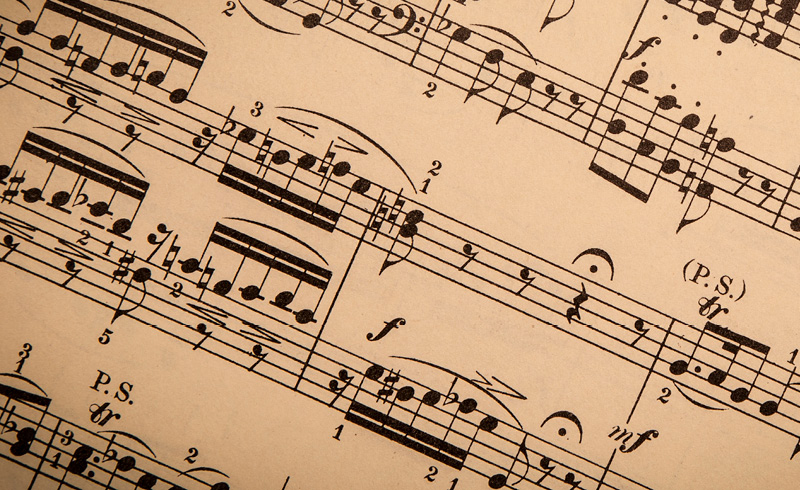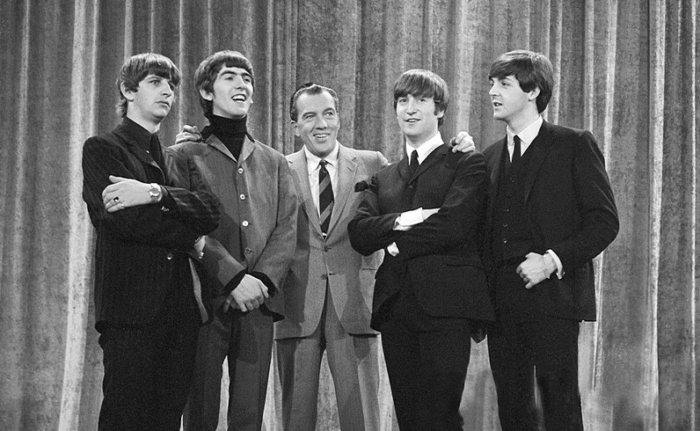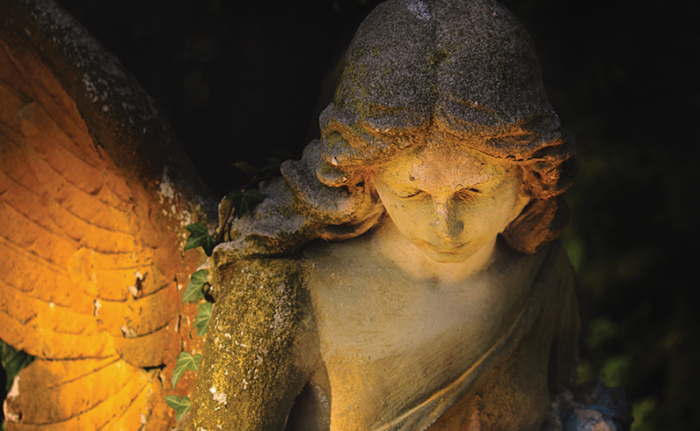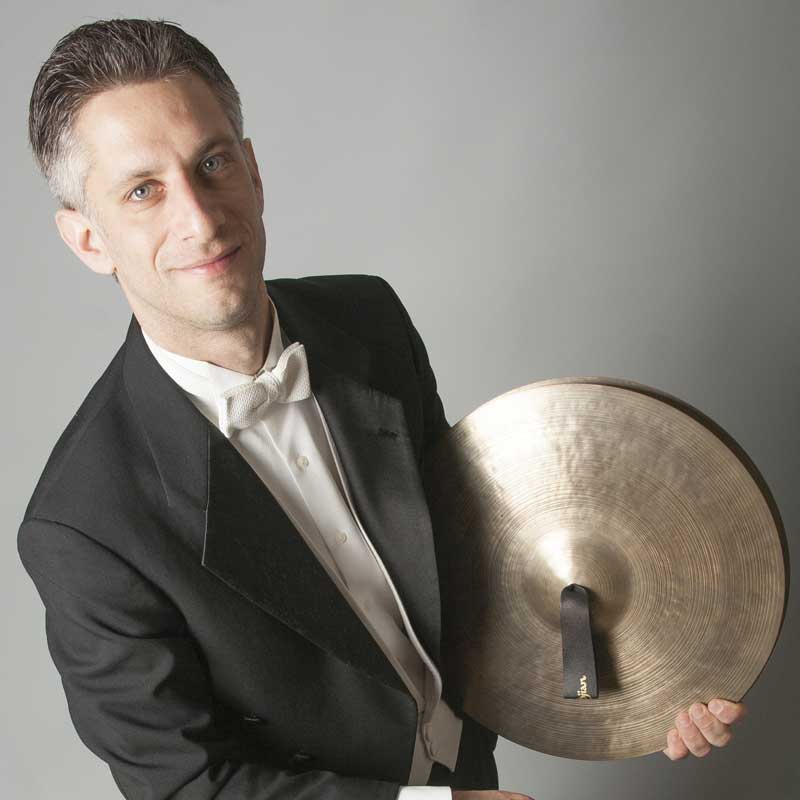
Yesterday, I got a chance to pose some questions to Houston Symphony percussionist Matt Strauss about this weekend’s performances of Carmina Burana and his work with the musicians of the Colombian Youth Philharmonic. Matt Strauss was one of fourteen musicians who traveled to Colombia in June 2015 to help prepare the musicians of the Colombian Youth Philharmonic for their visit to Texas. This weekend’s performances are part of the Houston Symphony’s new educational partnership with this orchestra. This interview has been transcribed and edited for print from an original audio recording.
Calvin Dotsey: Today was your first rehearsal of Carl Orff’s Carmina Burana at Jones Hall with the Colombian Youth Philharmonic. When the choruses and soloists join you, there will be over 300 musicians on stage. How will you all fit?
Matt Strauss: Luckily, this organization has recently had experience fitting all those musicians on stage. Some of you may recall when we did Mahler’s Eighth Symphony with our former music director, Maestro Christoph Eschenbach, and the crew did an excellent job building out a stage, and indeed they have done the same thing for these performances to fit the combined orchestras, the very large chorus and the children’s choir as well!
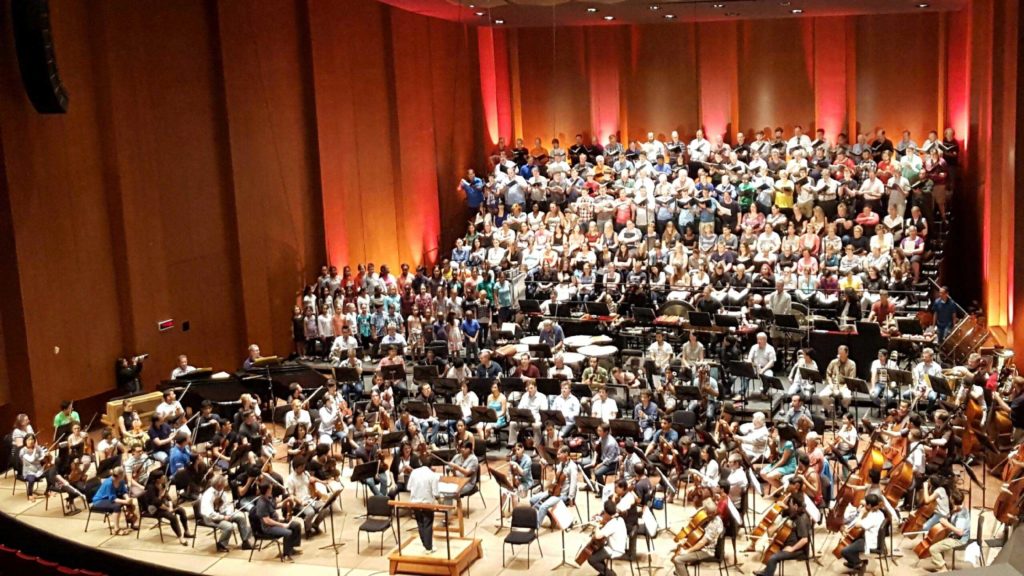
CD: Could you describe Carmina Burana to someone who has never heard it before? What is it like to listen to this piece? What is it like to perform it?
MS: Carmina Burana is a very popular piece, so as a musician in a professional orchestra I’ve played this piece many times. A lot of the melodies and songs that Orff composed for this piece have a very paganistic quality, despite the fact that the music is a setting of poems from medieval times. We tend to think of the middle ages as being very religious and unlike the modern world, but these poems are actually quite secular in nature and deal with issues that we deal with today. The music is easy for a listener to latch onto because the melodies are very clear—there’s not a lot of polyphony. The main melodies are not obscured by other musical lines, so people remember them. By the end of each movement, someone in the audience could probably sing many of the melodies, so it’s a great experience for the listener.
CD: What makes this presentation of Carmina Burana special?
MS: Well, there are two things that make this presentation special. It’s always a lot of fun to play the piece, but this is the first time with our new Maestro. We always like to see his take on a piece of music that we’ve never done before with him. The other thing that’s special, of course, is that we are doing this with our new friends from Colombia, this excellent bunch of musicians, and we’re able to connect with them through the language of music.
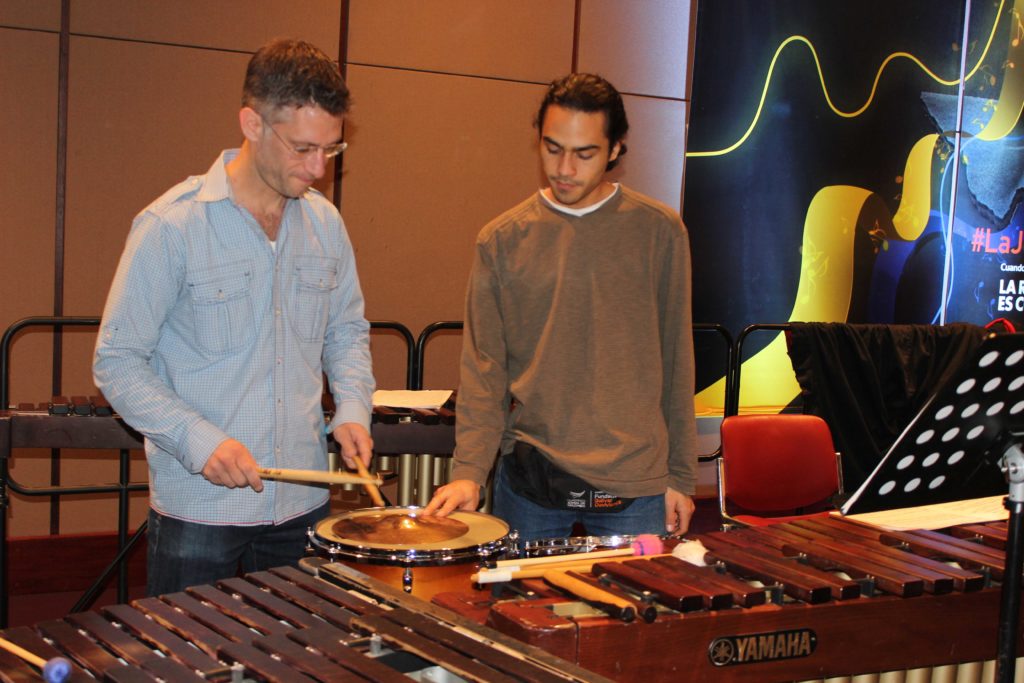
CD: You were one of fourteen Houston Symphony musicians who traveled to Colombia to help mentor and prepare the musicians of the Colombian Youth Philharmonic for their visit to Houston. What was it like to work with them?
MS: It was excellent! I was looking forward to doing it before I went there, but after working with them I got to see how good they were. I wasn’t prepared to see how good the actual level of their playing was going to be. I thought it was going to be good, but it was even better than I had thought. And these kids(well, they’re not kids, most of them are in their twenties) are so dedicated. They’re dedicated; they’re ambitious; they want to learn; and they want to show you that they’ve learned. The other day I took the percussion section out to Ninfa’s—the original, on Navigation—to show them a little bit of Houston tradition, and I told them there that they are going to be friends for life.
CD: What was your favorite part of your experience in Colombia?
MS: It was working with the musicians of the Colombian Youth Philharmonic. Having that experience, especially a cross cultural experience, was very special. A lot of us in the symphony also teach and do work with younger people here in our country, but it’s also interesting when you have that opportunity to teach in another country, in a different culture, because the music’s the same, and the desire to learn is the same.
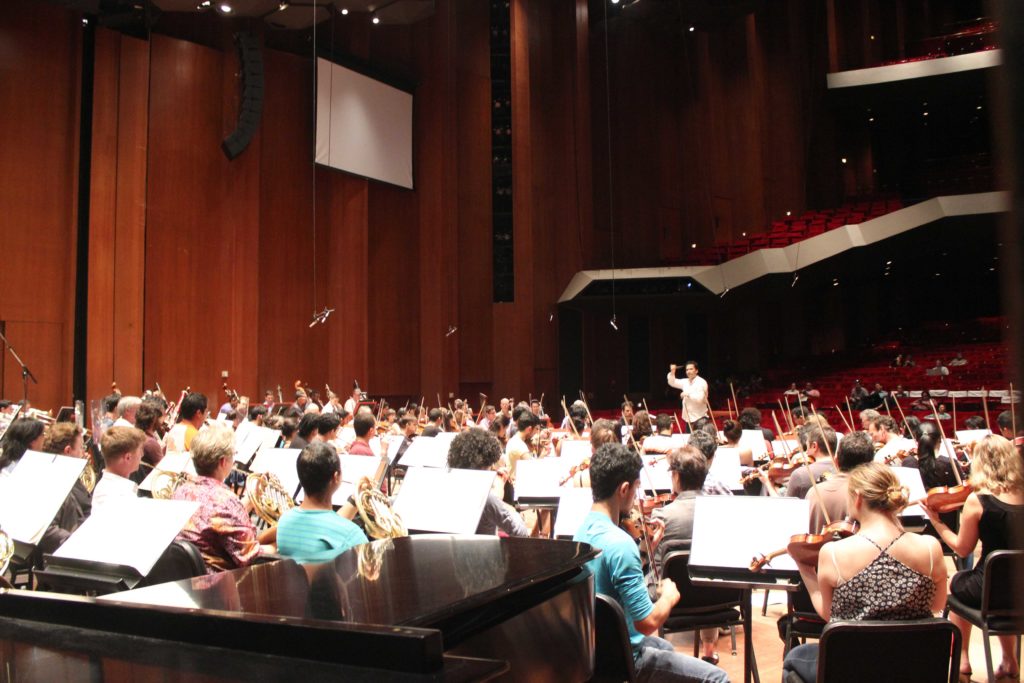
CD: The Houston Symphony and the Colombian Youth Philharmonic will also perform Prokofiev’s Scythian Suite together at the concerts this weekend. What is that piece like? Why does it go well with Carmina Burana?
MS: The Scythian Suite was originally composed by Prokofiev for a ballet that Sergei Diaghilev was producing for the Ballets Russes in Paris, but Diaghilev rejected the score even before it was completed. So Prokofiev reworked it into a suite with four movements. It’s got a lot of aggressive and loud music in it, but those parts are juxtaposed by some very beautiful, serene music. As with Carmina Burana, there’s a lot of aggressive, rhythmic music juxtaposed with beautiful, a more lyrical music. It’s a good pairing I believe.
CD: What unique qualities does Andrés bring to these pieces through his interpretations?
MS: Well, Andrés as I’ve been learning, having worked with him for over a year now, he likes to have it—if it’s dry, it’s gotta be more dry! If it’s loud, it’s more loud. If it’s soft, even softer, and he always brings these special qualities…he likes to go more extreme, which brings the music alive to the listener. He’ll also grab onto a certain moment, and wait a little bit longer before starting the next note, and things like this make the way Andrés interprets pieces special. He brings something extra to the table.
Special thanks to Vanessa Astros for recording this interview. Don’t miss this epic performance of Carmina Burana, featuring over 300 musicians on an extended Jones Hall stage! For tickets and more information, click here.
Carmina Burana
July 17 & 18, 20015
Jones Hall
Lisette Oropesa, soprano
Randall Bills, tenor
Elliot Madore, baritone
Houston Symphony
Filarmónica Joven de Colombia
Houston Symphony Chorus
Betsy Cook Weber, director
Houston Children’s Chorus
Stephen Roddy, director
